Village of the Week: Did Royal religious reforms lead to this family murder in Calverley?
There are just those and a myriad of wildlife for company. You can hear nothing but the nature around you - the rustling of trees, birds singing.
To your right the canal runs at the foot of rolling green fields and a short distance away, a single lane track leads to some wonderfully hidden and luxurious homes. At the side of it is a golf course - at the top of which offers some of the most spectacular panoramic views of Leeds you will find from anywhere else in the city.
Advertisement
Hide AdAdvertisement
Hide AdEven closer is a main road that is snided with traffic snaking between Leeds and Bradford on a daily commute that can have you stood for hours.
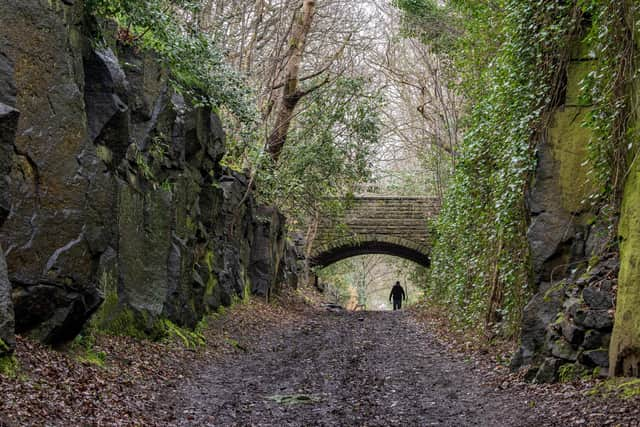

But don’t let that form your opinion of this most curious of villages - Calverley in west Leeds.
I have always been fascinated to just wander up and down its neat rows of terraced houses and peek into the yards.
It is not that hard to imagine what life looked like in this part of the old village during its Victorian origins.
Advertisement
Hide AdAdvertisement
Hide AdOf course there are even older houses, quaint cottages with barely a straight line and seemingly dropped into the otherwise neat landscape.
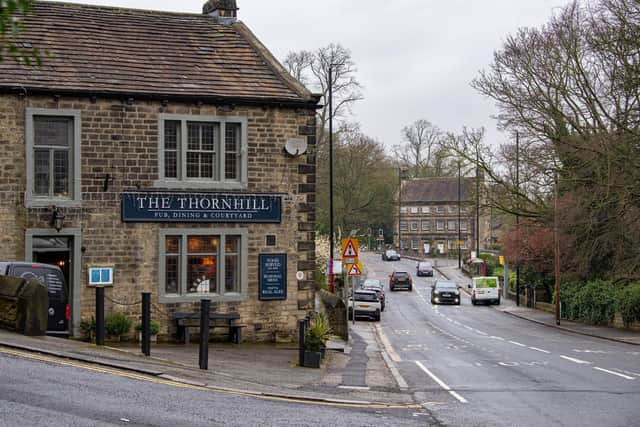

And there are newer houses, some huge new builds that wouldn’t be out of place on footballer’s row, yet Calverley has a mix of families that have lived there for generations and people clamouring to move there. It is sought after and houses rarely come up for sale too often here.
You can see why. Not too far from Leeds city centre - around seven miles - and one end of the village has a Bradford post-code but this is far from being a ‘commuter’ village.
The Thornhill is trendy and cosy, ‘locals’ pub, so is the New Inn. Then the Calverley Arms is more like a destination pub and restaurant. Nestled in the straight lines of Victorian terraces are local businesses such as the fish and chip shop which is still rolling your Friday night tea in newspaper, coffee shops, beauty salons, newsagents, parcel drop off points and Mick’s cafe serving up the bacon sandwiches on a Saturday morning.
Advertisement
Hide AdAdvertisement
Hide AdThe church bells at St Wilfrid’s, dating back to the 12th century still chime on the hour and its position at the top of the hill mean they bellow into the valleys below - it can be quite eerie when you hear them booming into the woods if you are catching the last of the daylight.
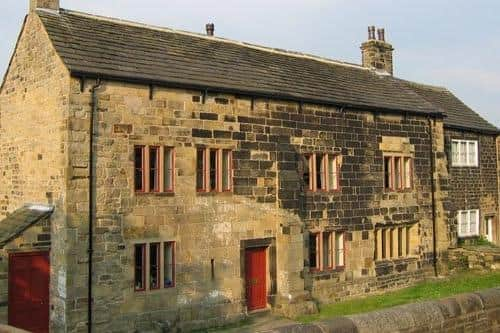

That said, those woods have their own story to tell and one which maybe a few locals are not aware of.
Calverley cutting is one of the most well known sections of the woods and was cut through sandstone rock in 1856 to replace the old packhorse way through the woods between Carr Road in Calverley and Apperley Bridge.
It was meant to be part of a scheme to develop the area for the housing of rich people but apparently no-one liked the steep new road and the scheme failed.
Advertisement
Hide AdAdvertisement
Hide AdAlso in the woods are the very clinical and cold looking remnants of buildings that formed a prisoner of war camp with Italian prisoners. Some accounts say the prisoners helped to build houses in Calverley.
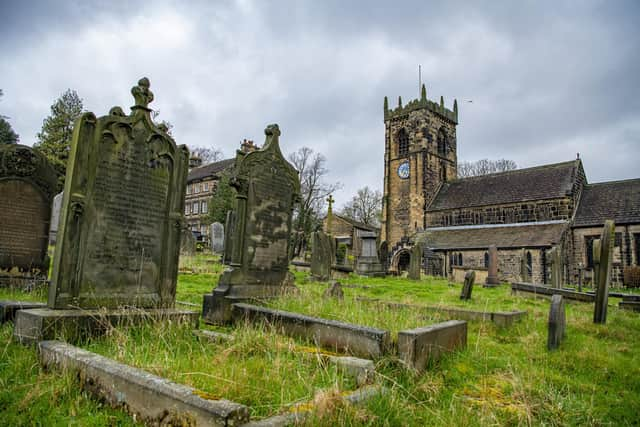

By 1947 the buildings were used as a fireworks factory. Various business names have been suggested but it was an occupation that didn’t come without hazards and the last explosion killed three people. The factory closed in 1957.
Calverley features in the Domesday Book at Caverlei which probably referred to calves or a clearing perhaps and prior to the Victorian development of housing and later road and rail, it would have been a rural village and that is still evident as the village is still home to several farms and grazing fields for cattle.
Central to this would have been Calverley Old Hall, the features of which are now of national historical significance.
Advertisement
Hide AdAdvertisement
Hide AdIn the 12th and 13thcenturies, a family called Scot built a grand stone dwelling and the family soon took the name of the place as their own.
For 500 years the Calverley family remained there and the house that grew and changed over the centuries with their fortunes – many of their family papers and estate records survive in the British Library telling a story of the family’s climb in wealth and status.
The 1530s brought Henry VIII’s religious reforms and the Calverleys were among many who found these hard to accept.
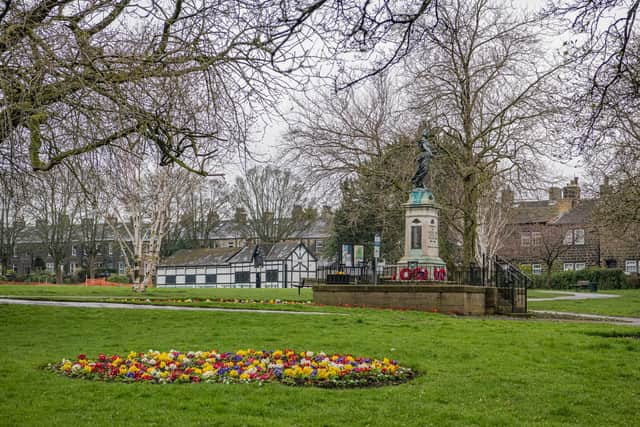

William was imprisoned in the Tower of London, where he wrote a pamphlet in verse retracting his disobedience and pledging full allegiance to Henry VIII and his religious reforms. He would become a pillar of the establishment – knighted in 1548 and High Sheriff of Yorkshire in 1549. He married twice and had seventeen children.
Advertisement
Hide AdAdvertisement
Hide AdBy now, the family had reverted to Catholicism and this made them suspect as citizens under the Protestant regime of Elizabeth I. They were subject to repeated fines for this recusancy and family fortunes declined in the 1590s. When William and Walter, his son, both died in 1596, the next heir, Walter, was still a minor.
However, in April 1605, serious personal disaster struck the Calverley family.
Overwhelmed by debt and doubting his wife’s faithfulness, this Walter Calverley murdered his two small sons. Unrepentant but refusing to enter a plea, he was executed in York by being literally pressed to death under heavy stones.
The baby son who survived the tragedy, Henry, was dogged by ill luck in youth and later burdened by a huge fine imposed by Parliament for being a Royalist.
Advertisement
Hide AdAdvertisement
Hide AdIn 1754, the ancient link between Calverley and the Calverleys came to an end when Sir Walter Calverley Blackett sold the estate to Thomas Thornhill.
In 1977, the 17th-century lodging block was gutted by fire and, with all the cottages on the site becoming dilapidated, the Thornhill Estate put Calverley Old Hall up for sale.
The Landmark Trust purchased the Hall in 1981, as it was in danger of being sold in three separate lots and is restoring it and letting it out as holiday accommodation.
